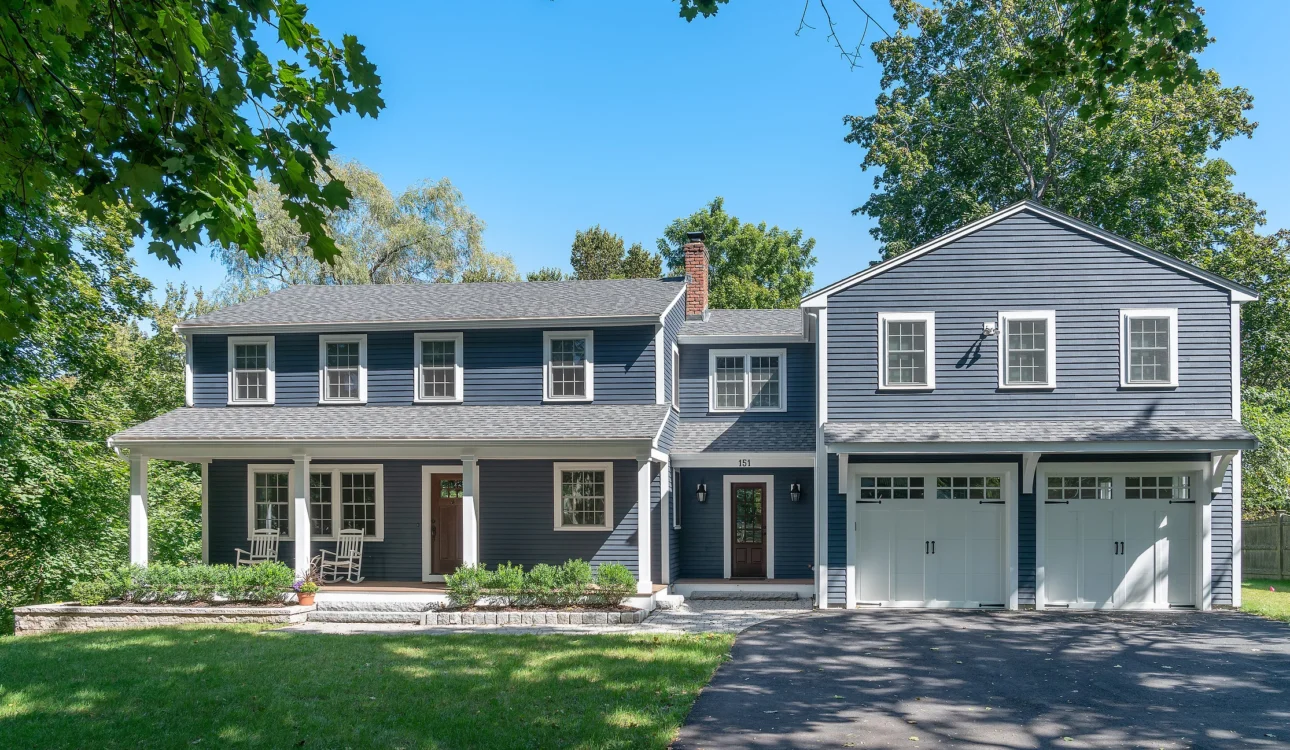Home additions represent one of the most transformative investments you can make in your property. Whether you’re dealing with a growing family, need dedicated workspace, or want to enhance your home’s value, strategic home expansion projects can dramatically improve both your lifestyle and comfort. At Fineline Kitchens, we understand that every home addition project is unique, requiring careful planning, expert craftsmanship, and attention to your specific needs.
Popular Types of Home Additions
Master Suite Additions
Master suite additions provide the ultimate in privacy and luxury. These comprehensive home expansion projects typically include a spacious bedroom, walk-in closet, and full bathroom. Modern master suites often feature vaulted ceilings, large windows for natural light, and direct access to outdoor spaces. The addition of a master suite not only improves daily comfort but also significantly increases property value, making it one of the most popular house addition projects among homeowners.
In-Law Apartments and Accessory Dwelling Units
Multi-generational living solutions have become increasingly popular, making in-law apartments essential home addition ideas. These self-contained units typically include a bedroom, bathroom, kitchenette, and separate entrance. They provide independence for aging parents while keeping family close. These additions require careful consideration of local zoning laws and building codes, but they offer excellent rental income potential and long-term family flexibility.
Home Office and Study Spaces
The rise of remote work has made dedicated home offices crucial for many families. Professional home office additions feature proper insulation, electrical systems for technology needs, and soundproofing for video conferences. These spaces can be designed as separate structures or integrated additions, depending on your property layout and preferences. A well-designed home office addition improves work-life balance and can increase property appeal in today’s market.
Planning Your Home Addition Project
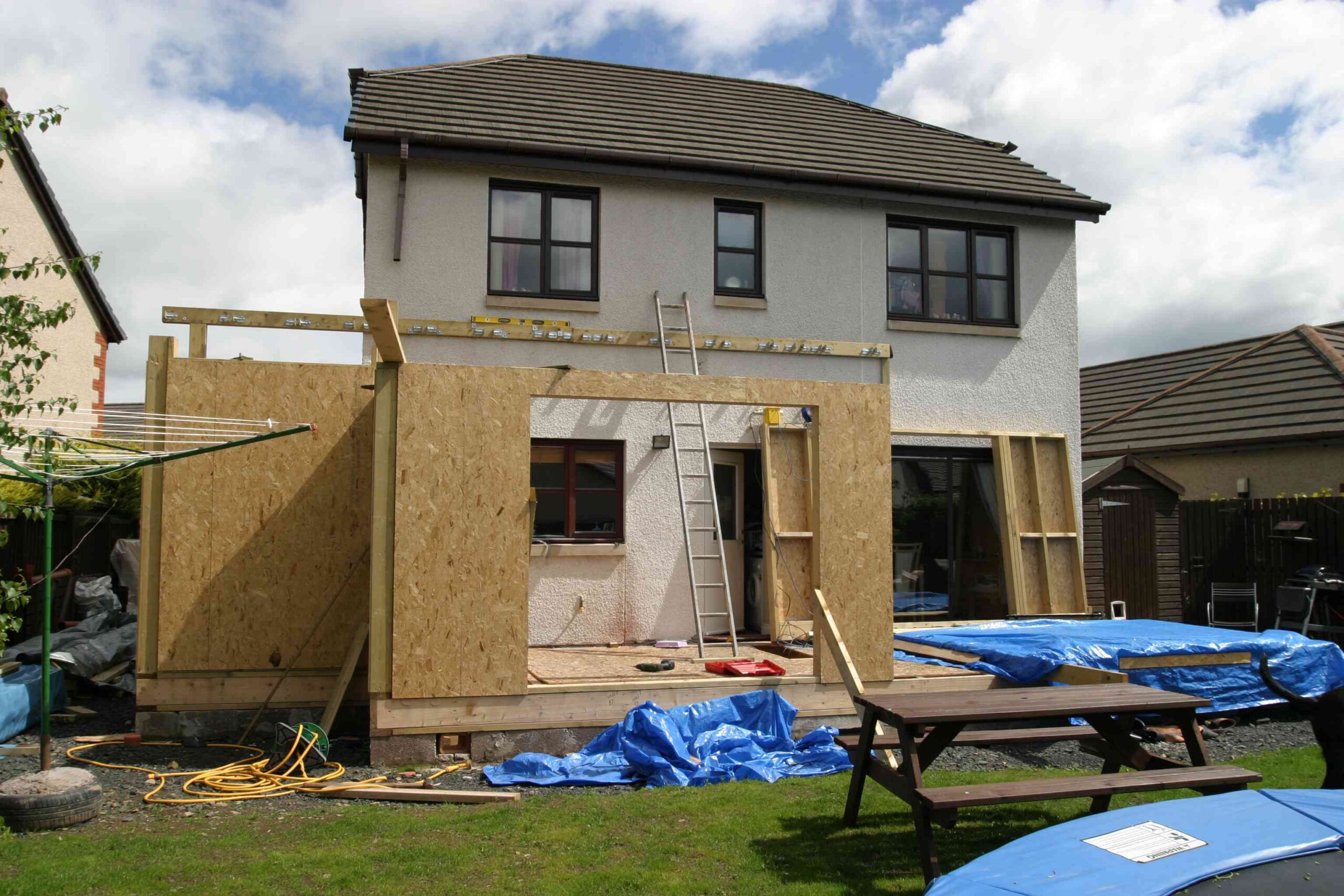
Site Analysis and Feasibility Studies
Before beginning any home expansion tips implementation, thorough site analysis ensures your project’s success. Professional contractors evaluate your property’s topography, soil conditions, existing utilities, and structural capabilities. This assessment determines which types of additions are feasible and identifies potential challenges early in the planning process. Proper site analysis prevents costly surprises and ensures your addition integrates seamlessly with your existing home.
Architectural Integration and Design Harmony
Successful home additions blend seamlessly with existing architecture while meeting new functional requirements. Professional designers consider rooflines, window placement, exterior materials, and proportions to create cohesive designs. The goal is making additions appear as original home features rather than obvious afterthoughts. This integration approach maximizes both aesthetic appeal and property value while maintaining your home’s architectural integrity.
Budget Planning and Financial Considerations
Comprehensive budget planning encompasses all project aspects, from initial design through final completion. Professional contractors provide detailed estimates including materials, labor, permits, and contingency funds. Understanding financing options, from home equity loans to construction loans, helps homeowners make informed decisions. Proper budget planning ensures projects stay on track financially while achieving desired quality and functionality goals.
Design Styles and Architectural Considerations
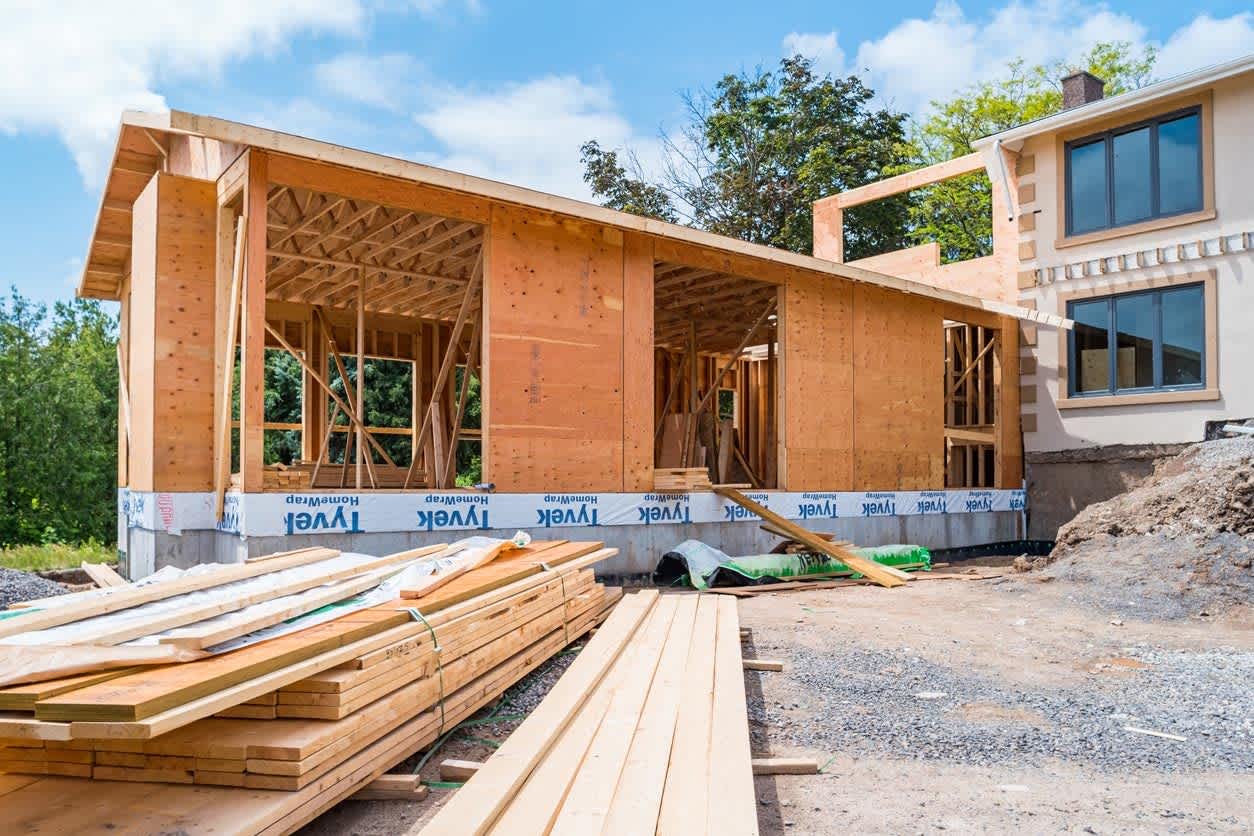
Modern and Contemporary Additions
Modern home additions emphasize clean lines, large windows, and open floor plans. These designs often feature flat or shed roofs, minimal ornamentation, and extensive use of glass and steel. Contemporary additions incorporate current trends while maintaining timeless appeal. These styles work particularly well for home office additions and master suites, creating bright, airy spaces that feel connected to outdoor environments.
Traditional and Craftsman Style Extensions
Traditional additions honor classic architectural elements while providing modern functionality. Craftsman-style extensions feature exposed beams, built-in cabinetry, and natural materials like stone and wood. These designs emphasize quality craftsmanship and attention to detail. Traditional additions work exceptionally well for family rooms, dining areas, and multi-generational living spaces, creating warm, inviting environments that complement established neighborhoods.
Transitional Design Approaches
Transitional additions blend traditional and contemporary elements, creating versatile spaces that appeal to diverse tastes. These designs might combine classic proportions with modern materials, or traditional materials with contemporary layouts. Transitional approaches offer flexibility in decorating and furnishing, making them popular choices for families with varying style preferences. This design philosophy works well for most house addition projects.
Materials and Construction Options
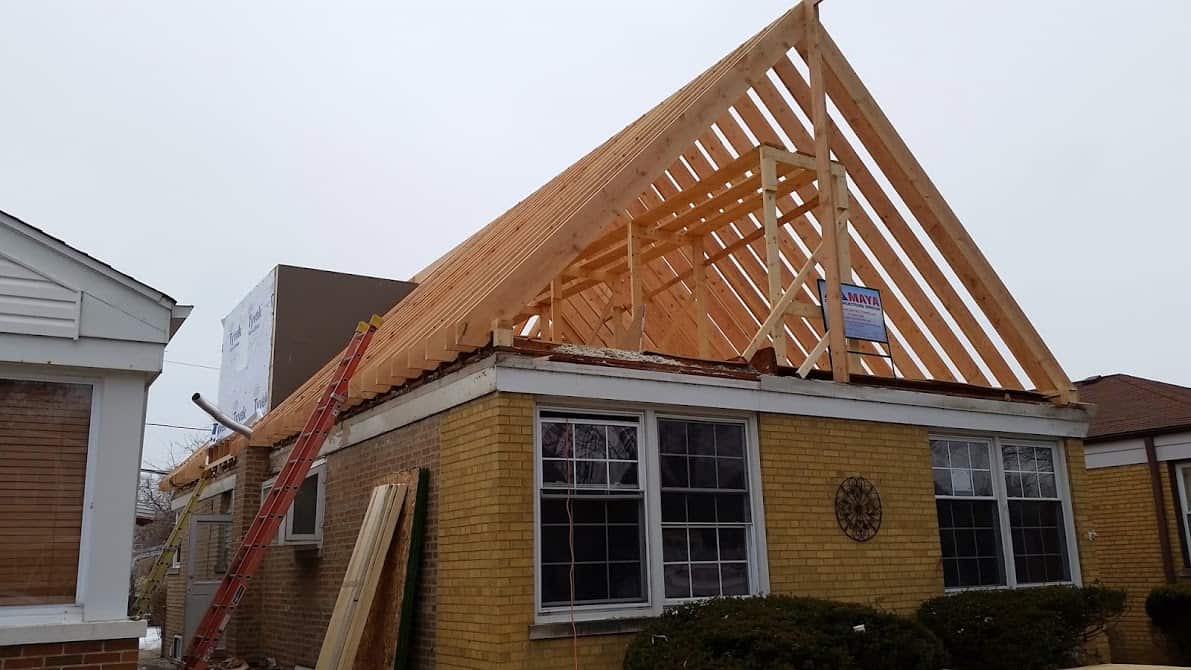
Sustainable and Energy-Efficient Materials
Modern home additions increasingly incorporate sustainable materials that reduce environmental impact while improving energy efficiency. Options include reclaimed wood, recycled steel, bamboo flooring, and low-VOC finishes. Energy-efficient windows, insulation, and HVAC systems reduce long-term operating costs while improving comfort. These materials often qualify for tax incentives and rebates, making sustainable choices financially attractive as well as environmentally responsible.
Traditional Building Materials and Methods
Classic materials like brick, stone, and hardwood continue to provide excellent durability and aesthetic appeal. These materials often match existing home construction, ensuring seamless integration. Traditional construction methods, when combined with modern building science, create additions that last generations while meeting current performance standards. Quality materials represent wise long-term investments that maintain value and reduce maintenance requirements.
Innovative Construction Technologies
Advanced construction technologies streamline the building process while improving quality and efficiency. Prefabricated components, engineered lumber, and modern fastening systems reduce construction time and improve structural performance. Smart home integration capabilities can be built into additions from the start, providing future-ready functionality. These technologies often result in more precise construction with better quality control than traditional methods.
Permits and Legal Requirements
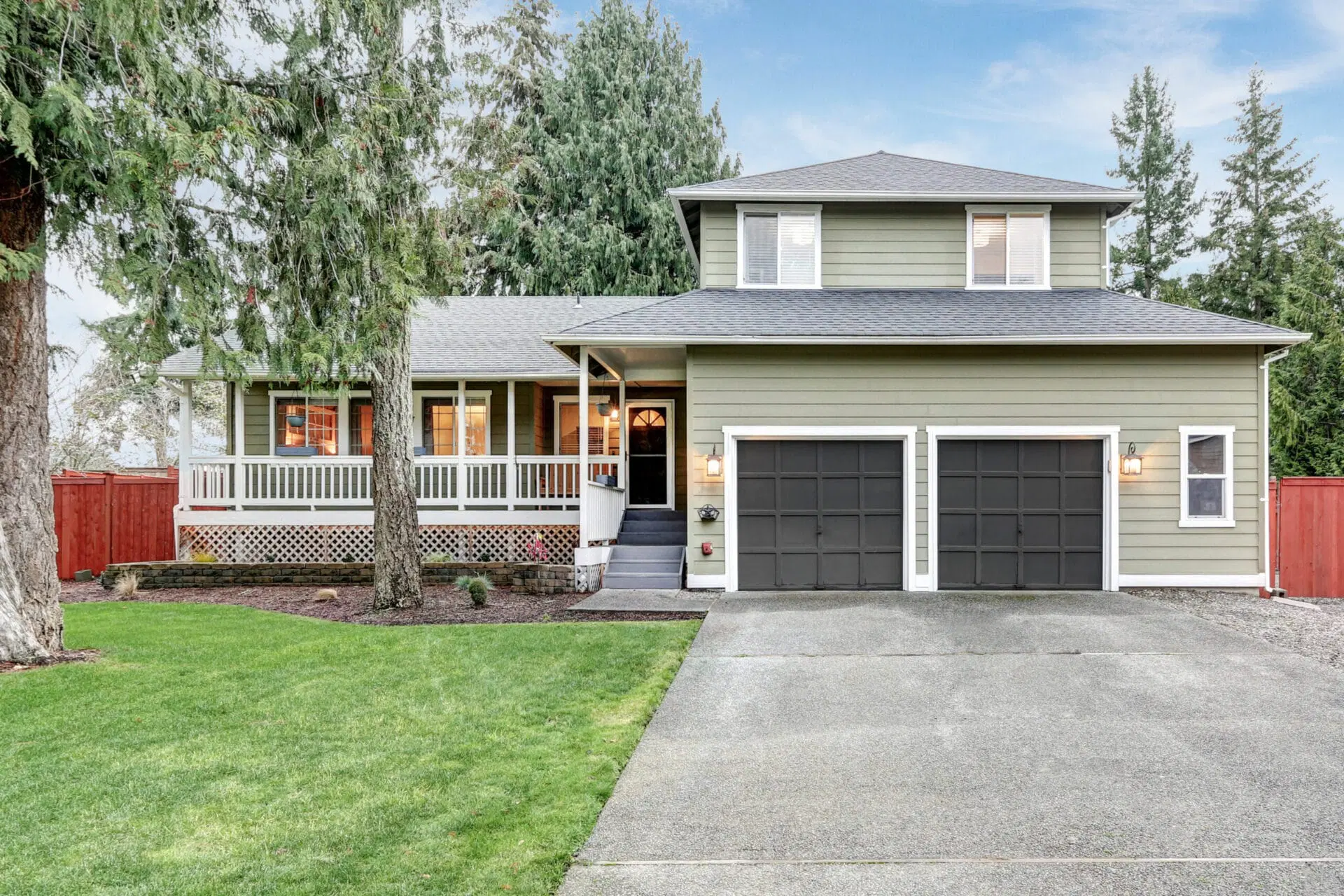
Building Permits and Code Compliance
All home additions require proper building permits to ensure safety and legal compliance. Permit requirements vary by location and project scope, but typically include structural, electrical, plumbing, and mechanical approvals. Professional contractors handle permit applications and ensure all work meets current building codes. Proper permitting protects homeowners from liability issues and ensures additions meet safety standards while maintaining insurance coverage.
Zoning Restrictions and Setback Requirements
Local zoning laws govern where additions can be built on your property. Setback requirements specify minimum distances from property lines, while height restrictions limit addition size. Some areas have coverage ratios limiting total building footprint. Understanding these restrictions early in planning prevents design conflicts and ensures project feasibility. Professional designers work within these constraints to maximize addition potential while maintaining compliance.
HOA Approvals and Neighborhood Covenants
Many neighborhoods have homeowners’ associations with architectural review processes for additions. These organizations ensure new construction maintains neighborhood character and property values. Approval processes typically require detailed plans, material specifications, and construction timelines. Working with experienced contractors familiar with local HOA requirements streamlines approval processes and prevents delays. Early HOA engagement helps identify potential issues before significant planning investment.
Cost Factors and Return on Investment
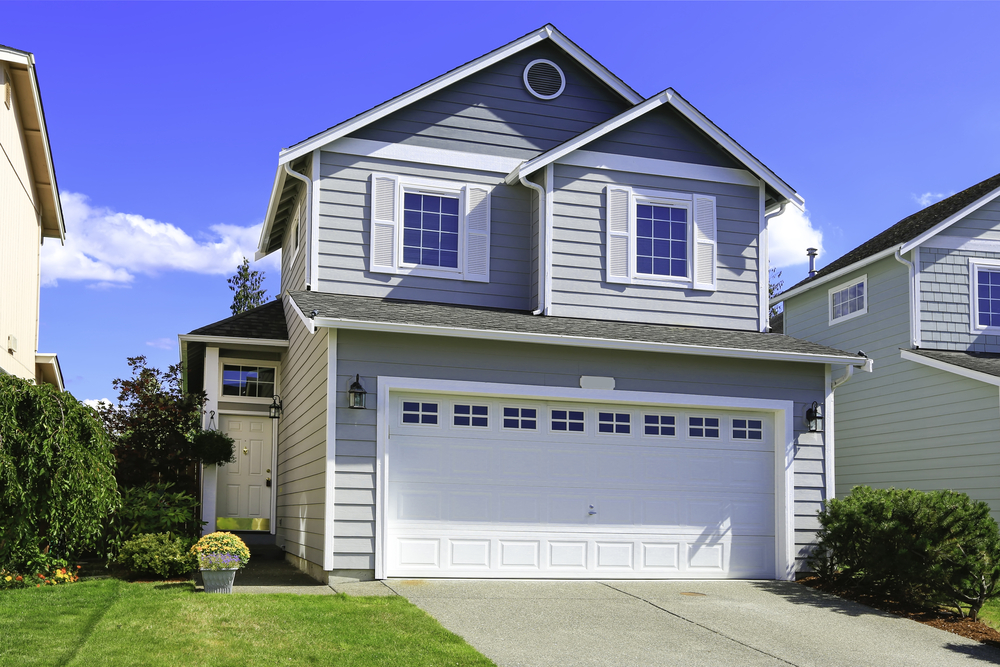
Project Scope and Complexity Factors
Addition costs vary significantly based on project scope, complexity, and finish quality. Simple room additions cost less than complex multi-story projects requiring structural modifications. Factors affecting cost include foundation requirements, roof complexity, utility extensions, and finish selections. Kitchen and bathroom additions typically cost more due to plumbing and electrical requirements. Understanding these factors helps homeowners make informed decisions about project scope and budget allocation.
Market Value and Resale Considerations
Well-designed home additions typically recoup 60-80% of their cost in increased property value. Master suite additions and family room expansions generally provide the best returns. Location, local market conditions, and addition quality significantly impact value recovery. Professional appraisals can help estimate potential value increases before beginning projects. Strategic additions that address common buyer needs often provide better returns than highly personalized spaces.
Long-term Financial Benefits
Beyond immediate property value increases, additions provide long-term financial benefits through improved functionality and reduced need to relocate. Avoiding moving costs, realtor fees, and higher mortgage rates on new properties can make additions financially attractive alternatives. Energy-efficient additions reduce utility costs over time, while quality construction minimizes maintenance expenses. These long-term benefits often justify addition investments even when immediate returns seem modest.
Timeline and Project Management
Pre-Construction Planning Phase
Successful home addition projects begin with thorough planning phases lasting 2-4 months. This period includes design development, permit applications, contractor selection, and material ordering. Rushing this phase often leads to costly changes and delays later. Professional project managers coordinate all pre-construction activities, ensuring smooth transitions to construction phases. Proper planning prevents most common project delays and cost overruns.
Construction Phases and Milestones
Addition construction typically follows predictable phases: site preparation, foundation work, framing, roofing, mechanical systems, and finishing work. Each phase has specific milestones and inspection requirements. Professional contractors provide detailed schedules with realistic timelines for each phase. Weather, permit approvals, and material availability can affect schedules, making flexibility important. Regular communication keeps homeowners informed of progress and any necessary adjustments.
Quality Control and Final Inspections
Quality control throughout construction ensures additions meet design specifications and building codes. Professional contractors conduct regular inspections at each phase, addressing issues immediately rather than after completion. Final inspections by building departments verify code compliance before occupancy permits are issued. Thorough final walkthroughs with homeowners identify any remaining items requiring attention. This systematic approach ensures additions meet expectations and function properly from day one.
Ready to transform your home with a custom addition? Contact Fineline Kitchens today to discuss your home expansion project. Our experienced team specializes in creating beautiful, functional additions that enhance both lifestyle and property value.
Frequently Asked Questions
Do I need to move out during home addition construction?
Most homeowners can remain in their homes during addition construction, though some disruption is inevitable. Contractors typically maintain access to essential areas and utilities. Major utility work or structural modifications may require temporary relocation for safety. Professional contractors minimize disruption through careful planning and staging.
What permits are required for home additions?
Building permits are required for virtually all home additions, covering structural, electrical, plumbing, and mechanical work. Permit requirements vary by location and project scope. Some areas require additional permits for septic systems, driveways, or tree removal. Professional contractors handle permit applications and ensure compliance with all local requirements.
How much do home additions typically cost per square foot?
Home addition costs range from $150-$400 per square foot, depending on complexity and finish quality. Simple room additions cost less than kitchen or bathroom additions requiring extensive plumbing and electrical work. High-end finishes, complex rooflines, and structural modifications increase costs. Professional estimates provide accurate pricing for specific projects.
Will a home addition increase my property taxes?
Yes, home additions typically increase property assessments and taxes since they add square footage and value. Tax increases vary by location and addition size. Most homeowners find the increased functionality and property value justify higher taxes. Some areas offer temporary assessment freezes for certain improvement types.
For expert guidance on your home addition project, visit our showroom or explore our comprehensive home addition services. Our team at Fineline Kitchens brings decades of experience to every project, ensuring your addition enhances both your lifestyle and your home’s value.
Source Links
Architecture and Design Resources:
- Architectural Digest – Home Addition Design Trends and Ideas – www.architecturaldigest.com
- Better Homes & Gardens – Home Addition Planning Guide – www.bhg.com
- This Old House – Home Addition Construction Tips – www.thisoldhouse.com
Building Codes and Permits:
- International Code Council – Building Code Resources – www.iccsafe.org
- National Association of Home Builders – Construction Standards – www.nahb.org
Cost and ROI Information:
- Remodeling Magazine – Cost vs. Value Report – www.remodeling.hw.net
- HomeAdvisor – Home Addition Cost Guides – www.homeadvisor.com
